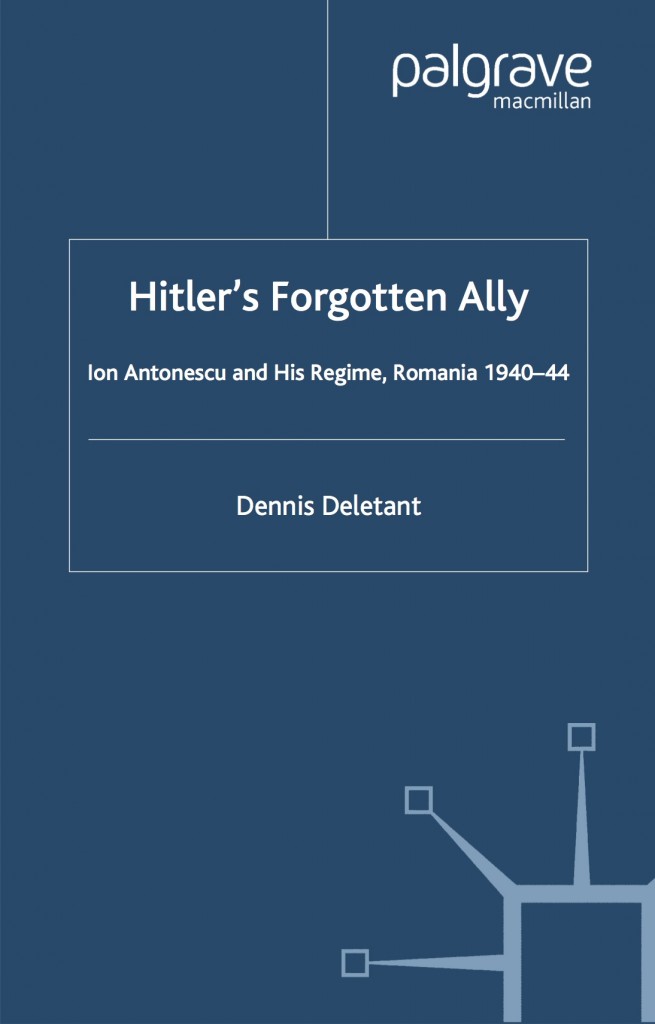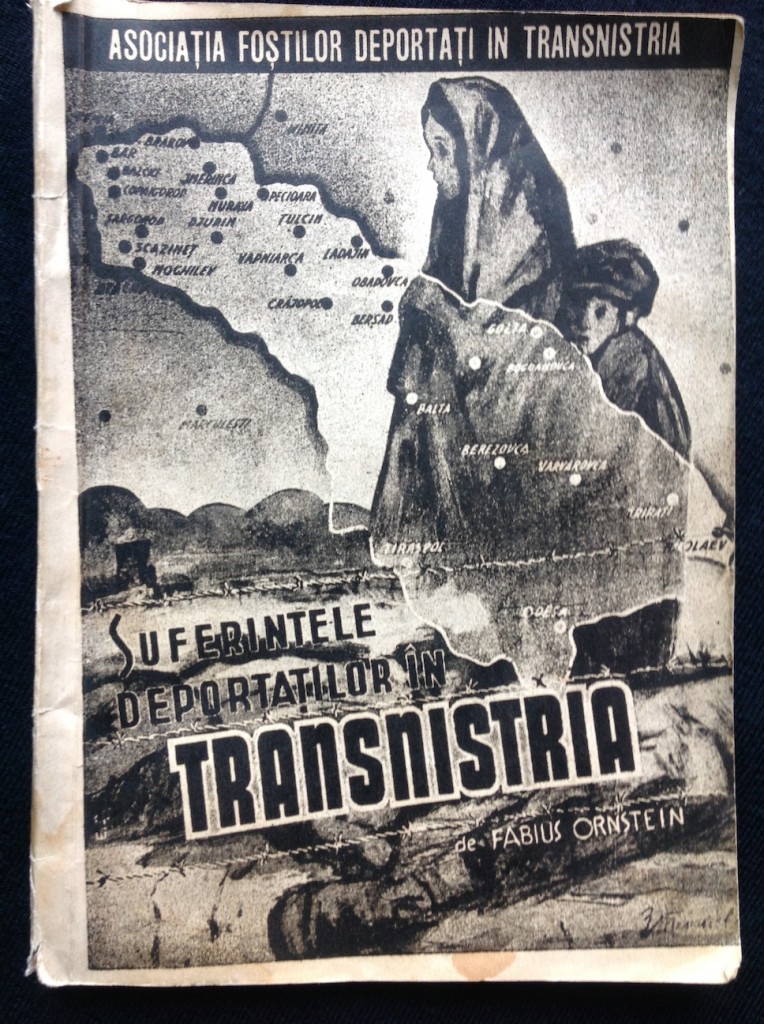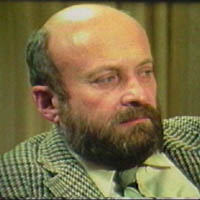The territory of Romanian-ruled Transnistria (1941-44, 42,000 km2 / 16,216 sq mi) is incongruent with and included present-day Transnistria (4,163 km2 / 1,607 sq mi). Learn more on that subject from the disambiguation effected by Daniel Katz by clicking here for a PDF download of Daniel’s presentation, including detailed maps and additional links.
Please remember, Fabius Ornstein’s testimony “The Suffering of the Deportees in Transnistria” is still available at our Blog! On Fabius Ornstein’s life-saving activity in Transnistria we learn from the Jewish Telegraphic Agency report dated July 26, 1943 as follows:
“Thousands of Jews in Transnistria Have Not Seen Bread for Months, Hundreds Starving
Thousands of Jewish deportees confined in the various ghettos which the Rumanian occupation authorities have established in Transnistria, the Rumanian-administered section of the Russian Ukraine, have not seen any bread for months and the vast majority of them are threatened with starvation unless some assistance is forthcoming soon, according to private advices received here today. In the township of Copaigorod about 2,220 Jews are confined at present, the report discloses. Under the leadership of one of the deportees, Fabius Ornstein, the Jewish community has organized a free kitchen which has so far managed to distribute about 500 meals twice daily. These ‘meals,’ however, almost always consist of potatoes and nothing else. […]”












